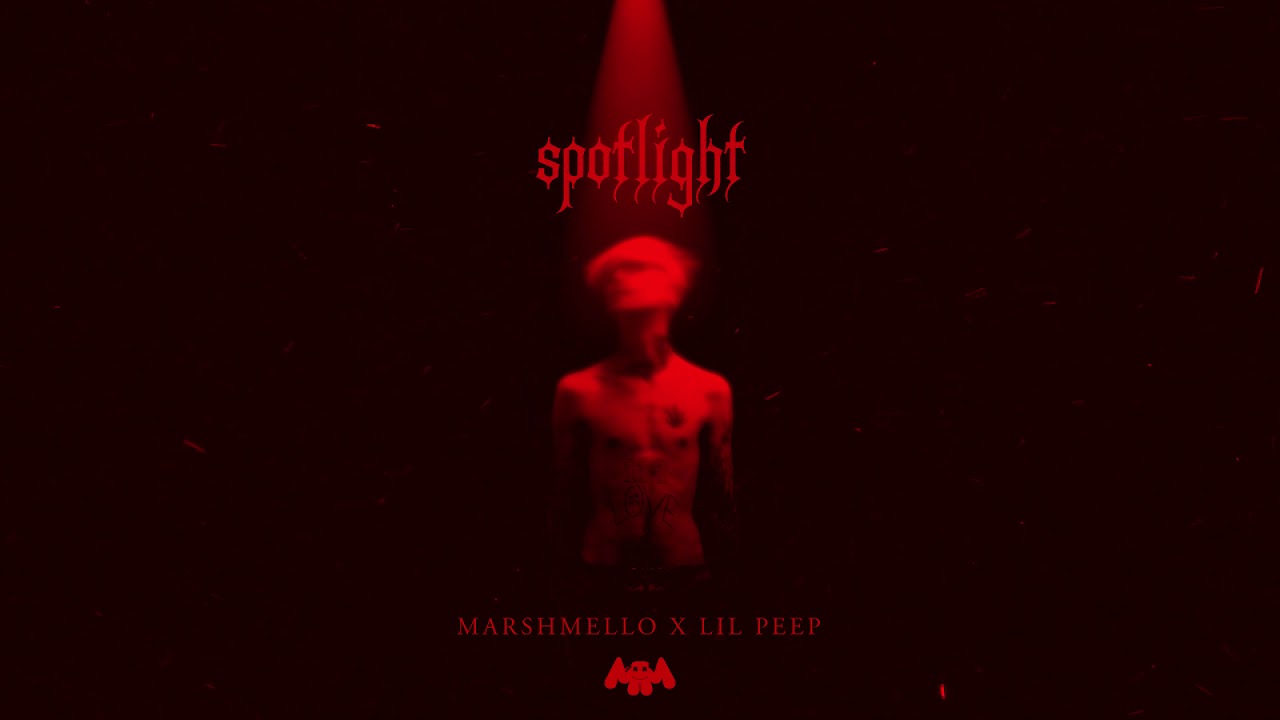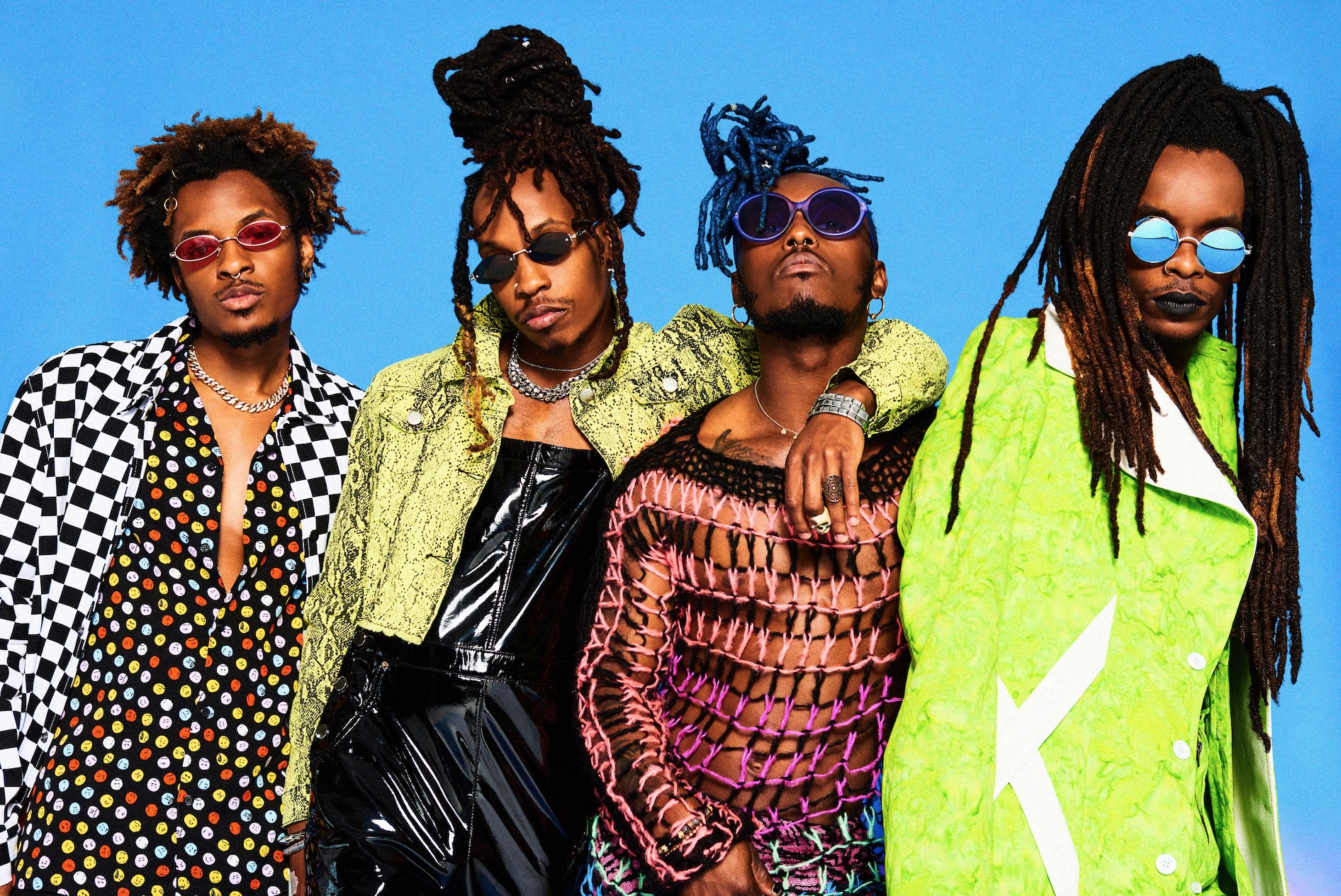The present day’s fast-paced digital world is vast. Our attention to new entertainment platforms has revolutionized into a precious commodity. This advent comes with constant announcements flying around. Social media feeds and endless content options also abound. So, it is not surprising that many people struggle to concentrate on a single task for an extended period. This circumstance has now been the attention recession.
This phenomenon has had significant effects on several music streaming platforms. This article addresses the impact of the attention recession on Spotify. To find out more, keep reading on!
Understanding the Concept of Attention Recession
Attention recession is the inability of individuals to concentrate on a single activity. This is due to the plenty of distractions in the moment-driven world. Technological upgrades, constant distractions, and the overflow of information have led to a decline in our capability to concentrate. This has significant implications for productivity, creativity, and well-being. Research shows that the average human attention span has dropped from 12 seconds in 2000. And now to eight seconds in 2021, shorter than the attention span of a goldfish.
This decline in attention rate is a result of various factors. They include the rise of smartphones, constant connectivity, and the sheer volume of information available at our fingertips. As a result, people are getting picky about where they divide their attention. To combat the attention recession, it’s vital to manage our attention.
Practical tips include minimizing distractions, setting clear targets, and rehearsing awareness. And even creating structured routines. By prioritizing our attention and executing these strategies, we can reclaim our capability to concentrate and achieve higher success in an attention-partial world.
Its Impact on Spotify
According to recent data, Spotify hosts over 11 million artists and creators. As of the first quarter of 2023, there are 515 million yearly active Spotify users. And 210 million of them are ultra-expensive subscribers.
As one of the leading music streaming platforms, Spotify is not vulnerable to the attention recession. With millions of songs and endless playlists to choose from, users face an inviting quantum of content. This makes it delicate for artists to keep their attention.
This has placed Spotify in the light of finding ways out of the shallow waters. While they are at it, they are also expected to navigate. And they do this by paying attention to their users, and the synergy between them and the creators. Below are some areas where the attention recession has affected Spotify. And as well as functional measures they have taken so far to combat and contain it.
Curated Playlists and Personalization
Spotify has honored the attention recession’s impact and has made moves to combat it. This is through curated playlists and individualized recommendations. By using user data and algorithms, Spotify aims to give users music fashioned to their preferences. While saving them the time and trouble of searching for new songs themselves.
This approach has proven successful in generating increased engagement. But, it also raises questions about the implication of personalization. As users come more reliant on individualized recommendations, there may be an issue. They may miss out on discovering new songs and artists outside their comfort zones.
Creators and Artists and Attention Economy
For artists on Spotify, the attention recession presents both challenges and openings. On one hand, the sheer volume of content available makes it easy for arising artists to break through the noise and get noticed. But, popular artists with a devoted addict base can work the platform’s algorithms. This is to maintain and grow their followership.
Still, the attention economy on Spotify means artists must contend for listeners’ attention. With a shorter attention rate, users are more likely to skip songs. Or abandon playlists if they fail to capture their interest. And this can happen within the first many seconds.
The Part of Podcasts
In response to the attention recession, Spotify has expanded its immolations beyond music. They now include podcasts. Podcasts offer a unique form of content that can capture users’ attention for a longer time. Furnishing a respite from the constant scrolling and quick consumption of music.
By investing in exclusive podcast content and acquiring podcast networks. Spotify aims to place itself as a one-stop destination for all audio entertainment. This strategy not only helps combat the attention recession. It also diversifies Spotify’s profit and strengthens its competitive position.
The Way Forward
As the attention economy becomes burdensome for streaming platforms. Spotify must continue to find new ways to engage users. This includes exploring arising technologies like virtual reality. Amplified reality to produce immersive experiences and try out interactive features that crave users’ indulgence. And encouraging collaborations between artists to produce unique and fascinating content.
Also, Spotify’s personalized recommendations play a pivotal function in battling attention recession. Spotify’s recommendation algorithm suggests songs. They do this by breaking down a user’s listening history and favorites. Also, albums, and artists that are likely to resound with the user. This embodied route helps maintain user interest and encourages them to explore new music within the platform. You should check out the greatest rock bands of all time.
Wrap Up
The attention recession is a real miracle that has effects on people-driven enterprises. This includes music streaming platforms like Spotify. With shorter attention spans and a flood of content options, getting and maintaining users’ attention is getting hard.
Spotify’s approach to curated playlists, personalized recommendations is smart. And the addition of podcasts demonstrates their understanding of the attention recession. Even their efforts to acclimatize to this changing geography. Still, striking a balance between personalization and discovery remains a challenge.
Spotify and other streaming platforms must continue to find new ways to engage users in an attention-deficient world. By understanding the impact of the attention recession and conforming their strategies. So, these platforms can stay applicable and continue to give value to both listeners and artists. Yet, all these moves to curtail attention to recession don’t completely erase it. Rather, it just brings it down to the barest least.
Article by Mia Hug













